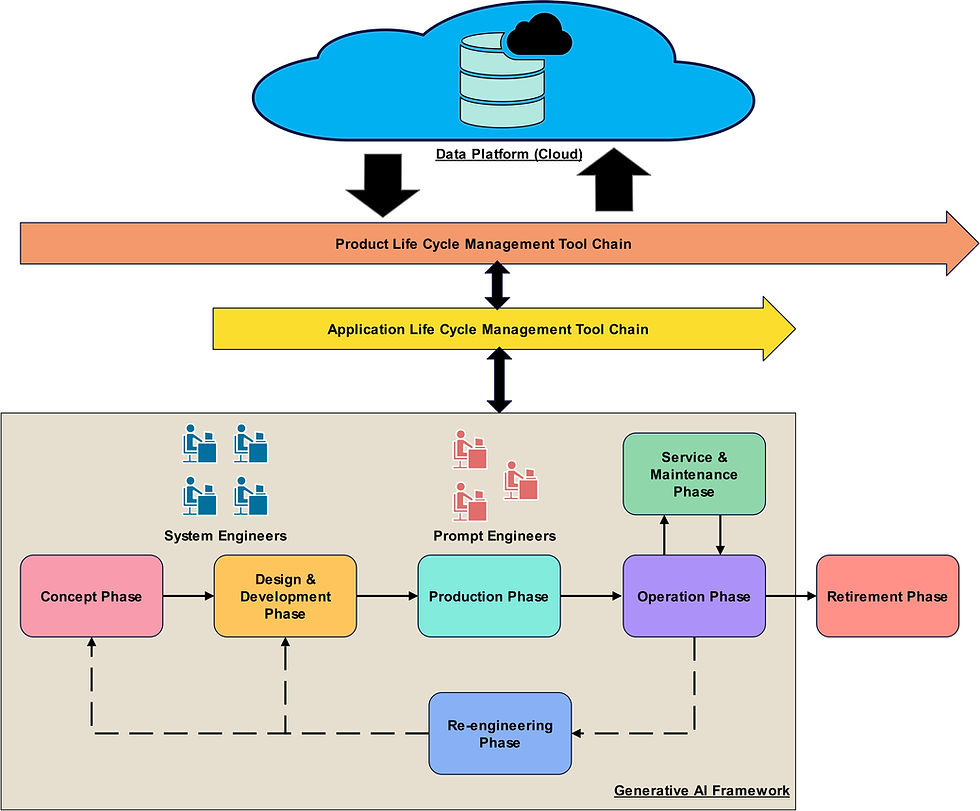Success and Failure of the Software-Defined Vehicles Business Models
- Plato Pathrose
- Jun 21
- 3 min read
As the automotive industry shifts toward a software-defined future, vehicles are becoming dynamic platforms rather than static machines, as they once were. It’s exciting to see the technology and infrastructure that are enabling these changes. Vehicle manufacturers and suppliers have invested heavily in developing and launching these systems. However, the question remains: How will they generate sustainable revenue to turn this transformation into a successful business model?
Subscription Models: A Questionable Fit
Looking at the current market, many manufacturers have introduced monetization strategies targeting end users with subscription-based services. By enabling over-the-air upgrades and feature unlocks, automakers aim to generate revenue long after a vehicle leaves the showroom. While the subscription model has proven successful in industries like SaaS, its implementation in the automotive sector presents significant challenges. These issues may be serious enough to affect a customer’s interest in certain vehicles and brands.

The combination of software-defined vehicles with digital technologies like cloud connectivity and artificial intelligence has enabled automakers to sell features on-demand or through recurring subscriptions. The strategy has shifted from a one-time sale model to one based on recurring revenue. However, the way this model is applied is critical for its success and sustainability. Studies show that approximately 80% of users do not renew their subscriptions once they expire in their vehicles. This raises serious concerns about the long-term viability of such models.
Why User-Based Models Fall Short
User-specific revenue models work well for personal devices. However, applying this logic to vehicles is problematic. Vehicles are primarily tools for transporting people safely and comfortably from one place to another. Today, users almost always carry a personal device that can provide services such as navigation, music, communication, etc., that are also being offered through in-vehicle subscriptions. This redundancy can make users question the value of paying for vehicle-based features when their phone already offers them for free or at a cheaper cost.
Enforcing subscription services that are tightly bound to user accounts, rather than the vehicle itself, may even push customers to rely more on their personal devices, undermining the vehicle’s own software platform.
Many OEMs and suppliers are beginning to recognize that subscription-based models targeting only users may not generate sufficient returns to justify the massive investments in SDV platforms and infrastructure. So, what’s the alternative?
A Broader Revenue Strategy
Instead of focusing solely on the end user, manufacturers must look to diversify their revenue streams. This means identifying multiple stakeholders, including users, service providers, insurers, and infrastructure partners, as potential sources of value. While it's easy to assume that software alone is driving the next generation of vehicles, the reality is more nuanced. For software to deliver its capabilities, it relies heavily on the hardware, from sensors to computing platforms.
“Software alone cannot carry the dream and cannot exist in isolation. It is the seamless union of code and machine, the flawless integration of every part, that unleashes the true power of the Software-Defined Vehicle.”
– Plato Pathrose, Author & Mobility Expert
Cost, Value, and User Expectations
Cost becomes a major factor when bringing SDVs to market. Users expect that the vehicle they purchase will provide all necessary features for safety and comfort. In most cases, they do receive a 'fully loaded' experience during the first few years of ownership through bundled subscription packages. These are typically included in the purchase price and run as part of the warranty or service contract.
However, when these initial subscriptions expire, most users do not renew. This breaks the recurring revenue chain and undermines the business model. Without renewal, OEMs cannot recover the cost of maintaining the software infrastructure or delivering updates, thereby resulting in a financial gap.
Data: The Underutilized Asset
Diversifying revenue is not just about finding new subscribers. It’s about identifying value in the vehicle lifecycle, particularly in the data generated during ownership. This data can be valuable to a wide range of partners, including:
Insurance companies
Traffic management services
Predictive maintenance providers
Mobility and fleet operators
In this broader ecosystem, the user is just one of many stakeholders who can benefit from the vehicle’s digital capabilities.
Conclusion: Rethinking the Model
The push for recurring revenue is understandable from vehicle manufacturers. But monetization strategies must reflect how vehicles are actually used and who interacts with them. A narrowly focused, user-only subscription model risks alienating customers, eroding brand trust, and limiting market adoption.

As we shape the future of connected vehicles, we must ask: Are we building software to serve the user, or are we asking users to serve the software?
The success of software-defined vehicles depends on cost-efficiency, perceived value, and strategic revenue planning. A thriving SDV business will only be possible if OEMs adopt inclusive, diversified strategies that align with real-world usage and deliver sustained returns on their technological investments.
*The following article is a snippet from my book 'Software Defined Vehicles' (SAE International, 2025)



Comments